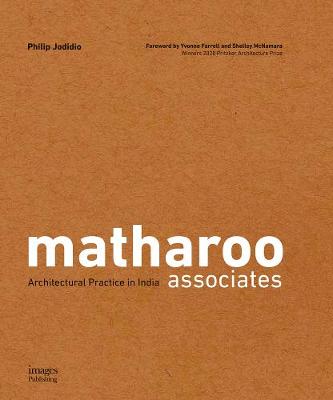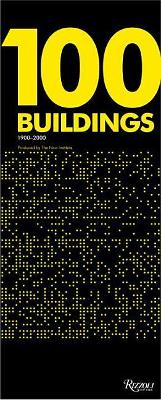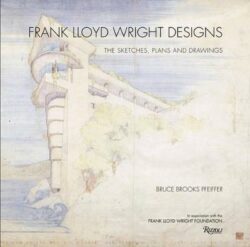Matharoo Associates
$130.00
Out of stock
Alert me when product is restocked
Description
The multi-award-winning Ahmedabad-based practice matharoo associates was founded in 1992 by Gurjit Singh Matharoo, whose architectural lineage stretches back to his great-grandfather. Focused on highly refined aesthetics that are married with functional yet playful interpretations of design (for instance, the House with Balls or Curtain Door), the firm’s holistic approach is well regarded, and ranges across architecture and structural design, interiors and product design, creating public, private, commercial, and institutional works. This splendid volume provides an in-depth look into the creativity and insight of a very contemporary Indian practice. Founded in 1992, matharoo associates is headed by principal architect Gurjit Singh Matharoo, who has played a significant role in reviving the Indian architectural scene with a diverse range of projects that are inventive, innovative, playful. Gurjit Matharoo and his team have been the winners of numerous international awards, including several given by the Architectural Review (London) – for the Emerging Architecture Awards Cycle. The Ashwinikumar Crematorium (Surat, Gujarat), the first gas-fired facility in the country, was the Editor’s Choice selected by Peter Davey in 2003 and Prathama Blood Center (Ahmedabad), the largest blood centre in India, was the Recommended Entry in 2005. In 2009, Curtain Door (House with a Wall of Light) was declared the Winner of the Emerging Architecture Award and the following year House with Balls (Ahmedabad, 2007) won the top prize in the AR 2010 House Awards. In 2012, Matharoo was shortlisted for the BSI Swiss Architectural Awards and invited to present his work at the 2017 Bienal De Chile and twice consecutively at the Venice Architecture Biennale curated by Alejandro Aravena in 2016 and Grafton Architects in 2018. And in 2014, Gurjit Matharoo was awarded a Fellow of the Royal Institute of British Architects (RIBA). SELLING POINTS: . In this highly illustrated monograph, Gurjit Matharoo, a proponent of free thinking, of openness, and inventiveness, touches on the reasons for which his work in India is important in the context of contemporary architecture, underlining how he knows far fewer boundaries than almost any accepted norm . Stretching across nearly three decades of practice, the projects are beautifully presented, with incisive commentary, illustrations, watercolours, plans, and full-colour photography throughout . Significant projects include public and educational institutions, hospitals, commercial and retail buildings, single- and joint-family residences, apartments, religious and spiritual centres, and biennale installations
Additional information
| Weight | 1420 g |
|---|---|
| Dimensions | 250 × 295 mm |
| ISBN | 9781864708479 |
| Dimensions | 250 x 295 mm |
| Book Type | Paperback / softback |
| Author | Philip Jodidio |
| Author Bio | Founded in 1992, matharoo associates is headed by principal architect Gurjit Singh Matharoo, who has played a significant role in reviving the Indian architectural scene with a diverse range of projects that are inventive, innovative, playful. Gurjit Matharoo and his team have been the winners of numerous international awards, including several given by the Architectural Review (London) – for the Emerging Architecture Awards Cycle. The Ashwinikumar Crematorium (Surat, Gujarat), the first gas-fired facility in the country, was the Editor's Choice selected by Peter Davey in 2003 and Prathama Blood Center (Ahmedabad), the largest blood centre in India, was the Recommended Entry in 2005. In 2009, Curtain Door (House with a Wall of Light) was declared the Winner of the Emerging Architecture Award and the following year House with Balls (Ahmedabad, 2007) won the top prize in the AR 2010 House Awards. In 2012, Matharoo was shortlisted for the BSI Swiss Architectural Awards and invited to present his work at the 2017 Bienal De Chile and twice consecutively at the Venice Architecture Biennale curated by Alejandro Aravena in 2016 and Grafton Architects in 2018. And in 2014, Gurjit Matharoo was awarded a Fellow of the Royal Institute of British Architects (RIBA). |
| Number of Pages | 240 |




